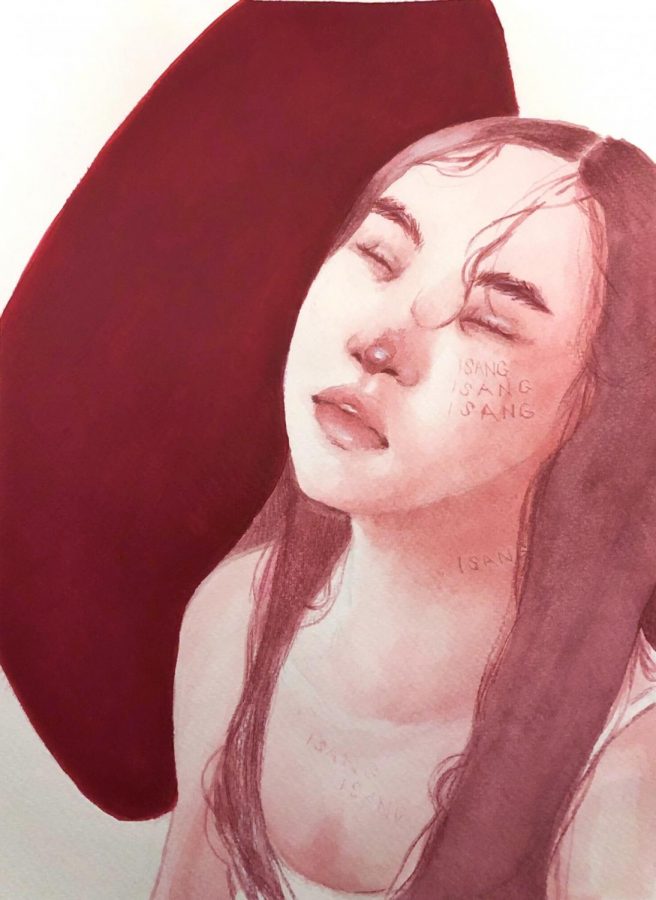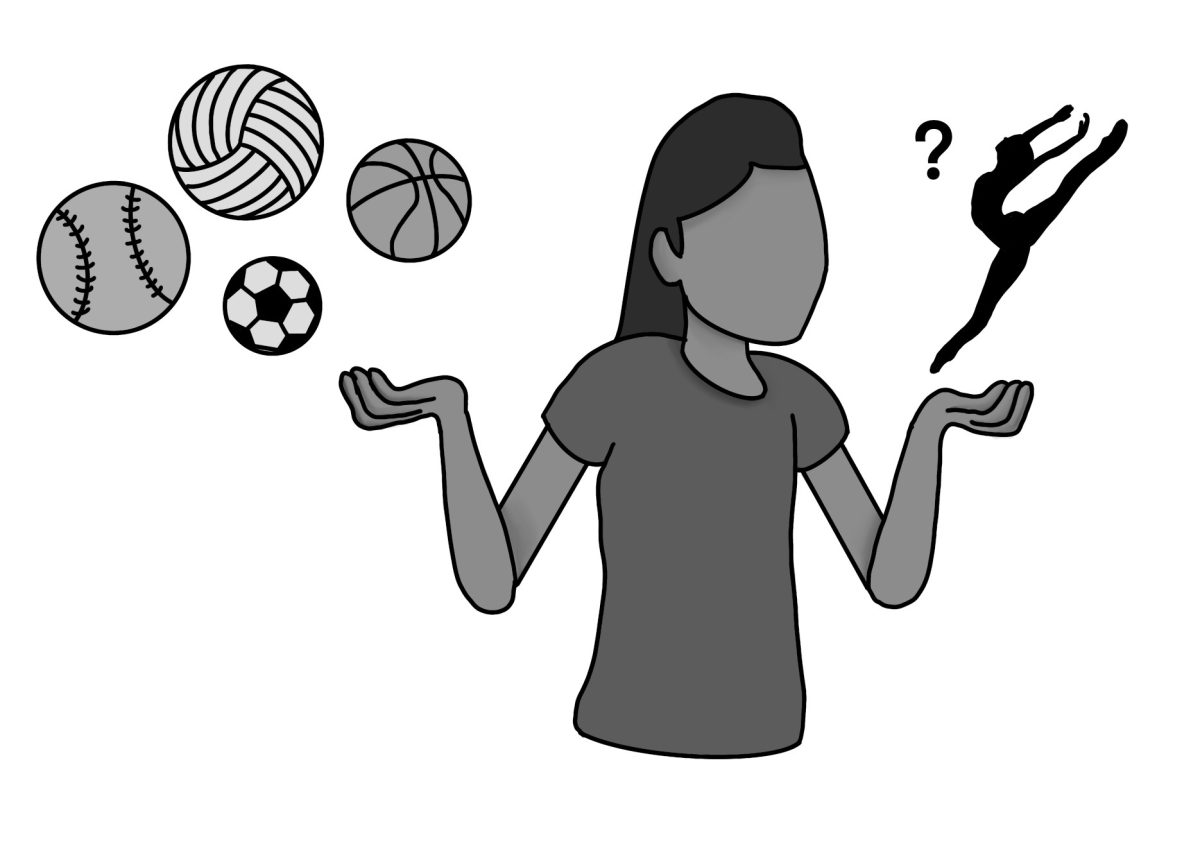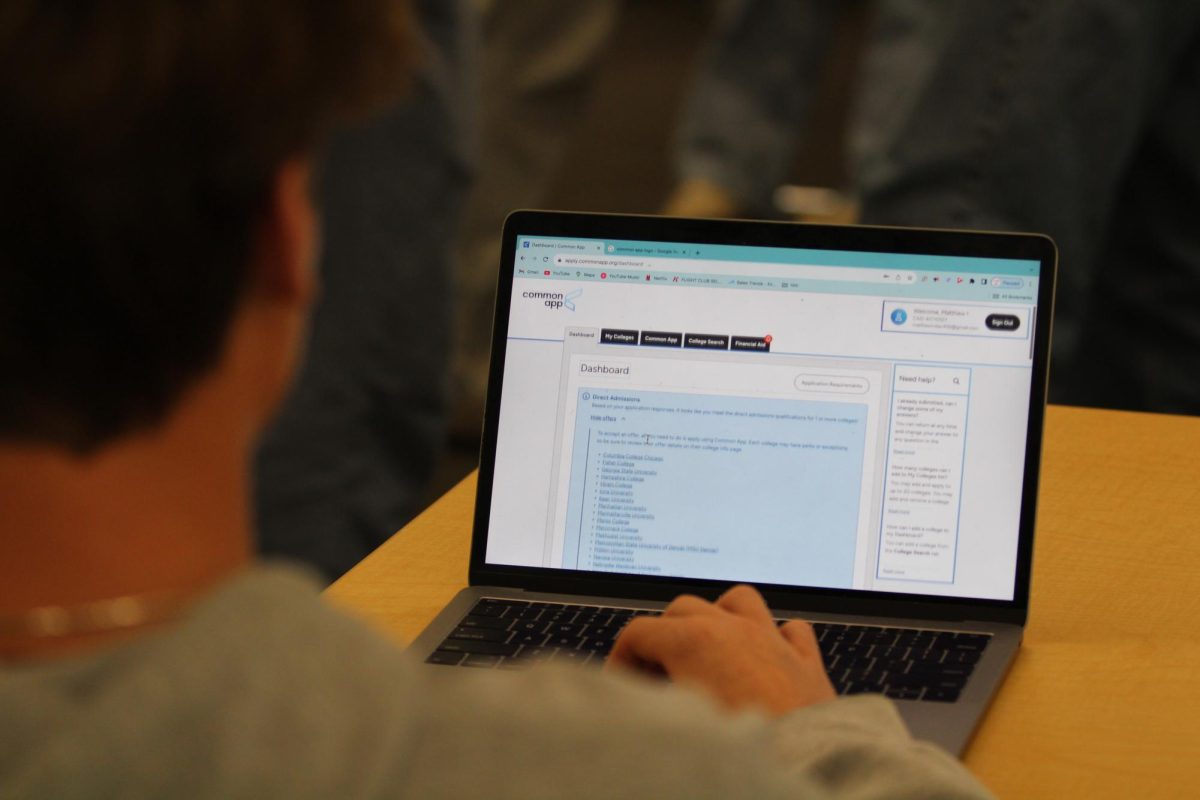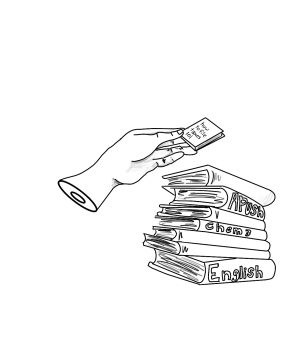Junior Kacey Douglas uses art to express her racial identity
May 26, 2021
Redwood Junior Kacey Douglas has been developing her art for the past three years, specifically exploring her racial identity in Advanced Placement (AP) Art. Her art is used to express her biracial identity as half Filipino and white, as well as to strengthen her connection to her Asain heritage.
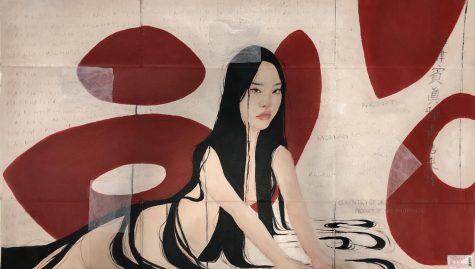
“[Creating art] is a good way of seeing things more critically, visualizing and artistically communicating what you’re feeling,” Douglas said.
Douglas is especially proud of her portfolio pieces, which correlate to these themes of separation and simultaneously express an exploration of racial identity. She also emphasized that her art expresses feeling fragmented due to her racial identity. Each of her art pieces show differing amounts of dividedness.
“It’s important to give representation to [Asian women], especially with this current narrative that makes them seem submissive and silences them. We need to put Asian women in power and in a place where they are the focus,” Douglas said.
Lauren Bartone, Douglas’ AP Art teacher, noted the importance and growth of Douglas’ creative expression.
“She’s touching on issues of identity. As a student of art history, she is very aware of the way women are portrayed in art. She’s trying to take that view and narrative into control… instead of making the woman an object for others’ viewing, she makes them seem dangerous or complicated,” said Bartone.
Douglas inscribes words from Tagalog, which is one of the many languages of the Philippines, onto the subject and the background. However, these inscriptions can be misinterpreted without knowing the artistic meaning behind them.
“I’ve received a lot of comments about the carvings on the figures, and how it can be [construed as] self-harm or something painful. I want it to be a physical establishment of trying to connect with heritage, language or your background,” Douglas said.
“product of the Philippines” is Douglas’ largest piece yet, and represents the feeling of division that comes with being of mixed race. The piece portrays an Asian woman with long, black hair draped down her body, reaching the floor. Large red shapes in the background represent the recurring theme of fragmentation Douglas experiments with.
“I have the Tagalog word written for ‘half’ behind her on the walls, as well as many large shapeless figures. I wanted this piece to be the most divided. It has the most going on, reinforcing the feeling of division and separation,” she said.
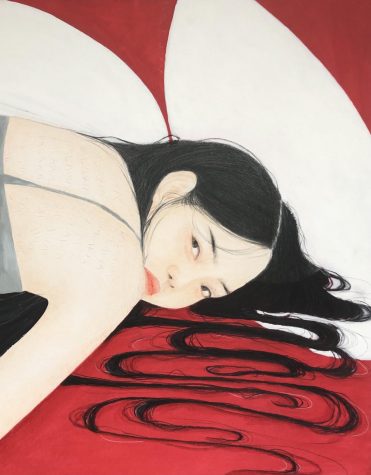
“Kalahati,” another piece by Douglas, shares close resemblance in art style to “product of the Philippines.” It portrays an Asian woman lying on the ground, with a similar style of black hair flowing to the ground around her. The background has, similar to many of her pieces, red and white oval-like shapes in the background. The piece includes the word for ‘half,’ as well as several different aspects coming together to reinforce this message of feeling divided or separate.
“isang babae” is the last piece in her portfolio, and features a slightly different style of art.
“This work is the ultimate whole person — without the separation or division mentioned before. On her cheek and skin I carved the word for ‘one’ in my family’s language to amplify that message of unity. Then the use of the monochromatic color scheme and the one shape or ‘life-form’ in the background is also used to emphasize that unified feeling,” Douglas said.
Elena Wang, a Redwood junior and one of Douglas’ close friends, spoke about the symbolism behind her art.
“You can appreciate [Douglas’s artwork] without necessarily knowing the deeper meaning behind them. There is so much thought behind everything she does, and I have always appreciated the way that the focus is her different symbols and how they relate to [racial identity],” said Wang.
Douglas has used art as a way of working through her emotions as well as showing others her feelings.
“[Art] is a satisfying way of expressing yourself. It’s a way of visualizing and communicating things that might be hard to put in an essay or talk about. Using symbolism in my art allows me to reteach myself my family’s heritage and language,” said Douglas.

